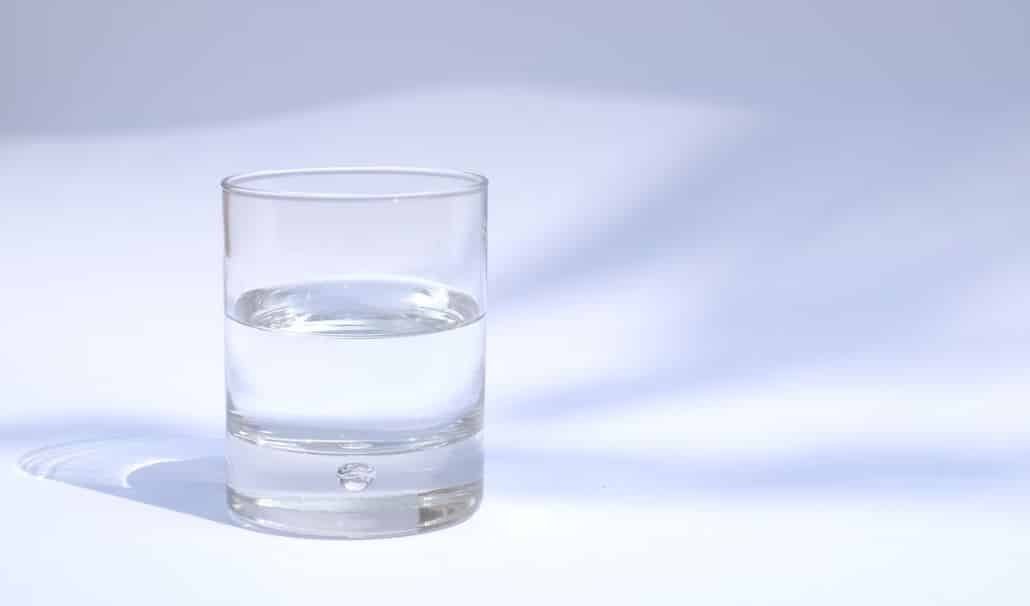
Access to clean water is something that many of us take for granted. We turn on the faucet and clean water comes out, and we assume that it’s safe to drink. Have you ever thought about what happens between the time water is pulled from a freshwater source and the time it comes out of your tap?
Take the Camp LeJeune water contamination, for example. For years, the water on the Marine base was contaminated with industrial chemicals, and as a result, many Marines and their families were exposed to toxic chemicals. To be sure that the water coming out of your tap is safe to drink, here are a few things you can do:
1. Check the quality of your water
The Environmental Protection Agency (EPA) has a website that you can use to check the quality of your drinking water. All you need is your zip code. When you enter your zip code, you’ll see a map of your area and the water systems that serve it. If you click on a specific water system, you’ll see information about any violations that have been reported.
You can also call your local water utility and ask for a copy of their Consumer Confidence Report. This report is required by the EPA and it contains information about the quality of your water. Some things to look for in the report are:
- The sources of your water
- Any contaminants that have been found in your water
- What steps have been taken to correct any problems, if any
2. Have your water tested
If you’re concerned about the quality of your water, you can have it tested. You can contact a state-certified laboratory to test your water for contaminants. You can also buy a water quality test kit online or at a hardware store. These kits can test for things like lead, bacteria, and pesticides.
If you do find contaminants in your water, you’ll need to take steps to correct the problem. This might involve using a water filter or a whole-house filtration system. You might also need to have your water source professionally treated. You can find more information about water testing here: EPA – Home Drinking Water Testing Fact Sheet
3. Install a home purifier or water filter
If you want to be extra cautious, you can install a home water purifier or water filter. There are many different types of filtration systems available, and the one you choose will depend on your needs. Some things to consider when choosing a filtration system are:
- The size of your home
- The number of people in your household
- The type of water you have (well water, municipal water)
- Your budget
The cheapest option for water filtration is to install one that fits on your sink faucet. These filters are not as effective as whole-house systems, but they’re a good option if you’re on a budget.
Endnote
It’s important to be proactive about the quality of your drinking water. By taking steps to ensure that your water is clean, you can protect yourself and your family from potential health problems.
ATTENTION READERS
We See The World From All Sides and Want YOU To Be Fully InformedIn fact, intentional disinformation is a disgraceful scourge in media today. So to assuage any possible errant incorrect information posted herein, we strongly encourage you to seek corroboration from other non-VT sources before forming an educated opinion.
About VT - Policies & Disclosures - Comment Policy



